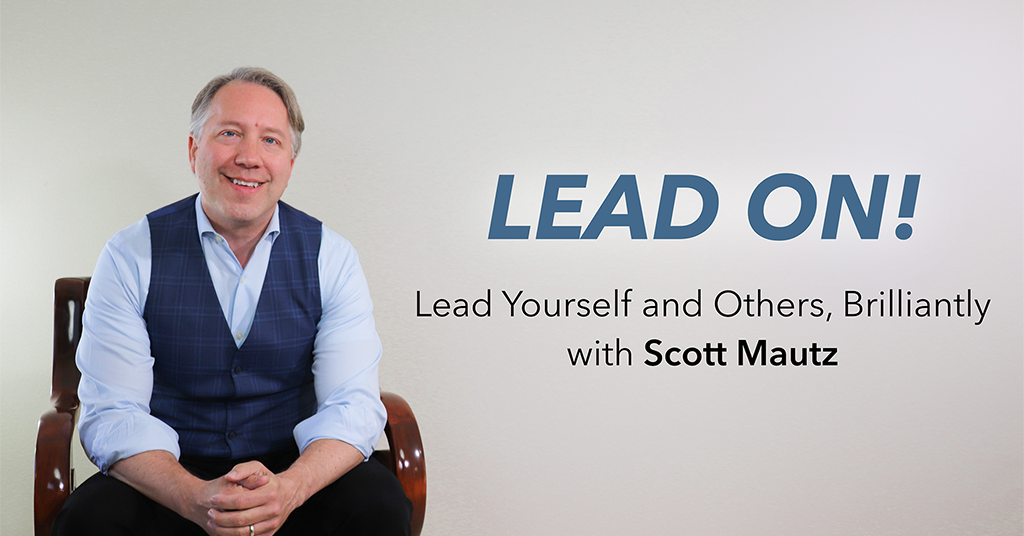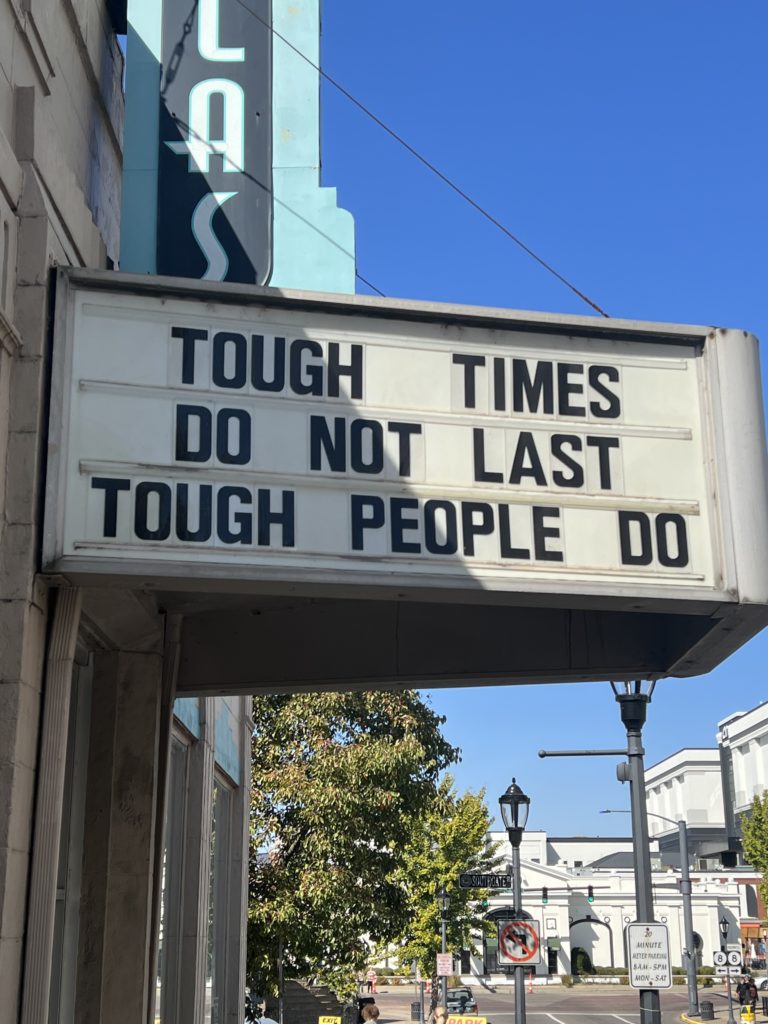
INSIGHTS (on leadership/self-leadership)
Did you know the words you choose to speak out loud actually influence the way you think and view the world?
It’s what’s known as the Sapir-Whorf hypothesis and it’s something that can contribute to ongoing negative thought patterns (or fuel positivity, depending on how you use it). For example, say an event happens in your day that’s less than ideal. You can say out loud, “This is devastating!”, or you can say, “This is a challenge.” Say a pile of new tasks gets put on your plate. You can say, “This will be draining!” or you can say “This will be a learning opportunity.” You get the idea.
Choosing the harsher words impacts the way you actually think about that event moving forward, and can negatively skew your view of other things as well.
So, wait, a minute, you say, I can’t control my thoughts, what if a negative thought just pops into my head? Am I doomed to spiral into a vicious cycle of negativity?
Easy now. It’s all about what you choose to verbalize. Research shows it’s 10 times more damaging to your spirit of positivity if you verbalize a negative thought versus just thinking it. It’s better, of course, to try to limit having those negative thoughts in the first place, but that’s much harder to control. You CAN control whether or not you choose to verbalize those thoughts.
Here’s help with that.
When you’re about to react to something, practice pausing in the moment before you speak. Think about what you’re going to say out loud. Tweak the language you use to label or describe the situation to be less harsh and more neutral in tone. This isn’t about lying to yourself or being unreasonably optimistic — still acknowledge the truth — just carefully choose the way you describe things so that it doesn’t drag you down. You can even use a simple reminder to help you build this habit. Before speaking when reacting to something, use your wit. Literally. Remember the acronym WIT and recite it to yourself–it stands for “Words Influence Thoughts.” Building the habit of saying this to yourself when you’re about to react to something, helps you think before speaking, which fuels positivity versus pessimism.
IMPERFECTIONS (a mistake many make)
There’s a pretty good chance that as you’re reading this, you’re going through a tough time, in some way, shape, or form. That’s the world we’re in right now. This picture I took on a recent walk, offers important perspective for handling your period of difficulty:

I’ve found this to be true, repeatedly, in my life. But it turns out, this is also literally true.
Harvard Medical School indicates that “tough” people, i.e. resilient people, live longer lives, suffer lower rates of depression, and enjoy greater satisfaction in life. I’d say that’s worth trying to fortify your fortitude. In fact, it’s a mistake people often make, underestimating the importance of resilience. Those who regularly read this publication know that I like to write/give tips on boosting your resilience. Here’s another. The next time you experience a setback, remember the Distance Principle, which says,
Your progress to date has moved you so much farther forward than your mis-step has moved you back.
In reality, that mis-step likely didn’t set you as far back as you think – that’s why it’s called a mis-step, not a mis-leap. It can also be helpful to think of this principle as a simple math equation. The distance between how far you’ve come already, minus the mis-step (not the mis-leap, the mis-step), that remaining distance, is still quite admirable – something to be proud of, and not lose sight of.
IMPLEMENTATION (one research-backed strategy, tip, or tool)
This week’s IMPLEMENTATION (strategy/tip/tool), comes from a reader, who asked:
“I’m indecisive. What are three things I can do to change that?”
First, reader, thanks for being honest and seeking to improve on this, because the stakes are high. Indecision paralyzes an organization when it must move quickly. It creates doubt, uncertainty, lack of focus, exhaustion, and even resentment. Multiple options can linger, sapping an organization’s energy and killing a sense of completion as well. Timelines stretch while costs skyrocket. Competitors gain precious time. All the while, the organization remains unfocused/agitated. Instead, to be more decisive, do these three things:
1. Evaluate the true impact of a wrong decision.
What’s the worst thing that could happen in the long run if this decision turns out to be wrong? Are the consequences acceptable relative to the next point?
2. Consider the risks/costs of NOT doing something.
Compare to number 1 above.
3. Set time-bound parameters for making the call.
Write down a concrete date by which you’ll commit to make a decision. Share this deadline with others to help drive accountability.




Leave a Reply